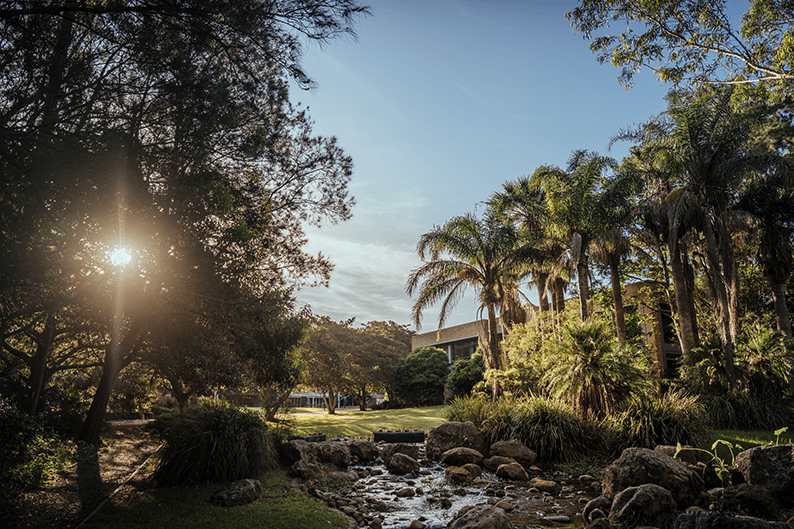Emily Osborne, Director of Strategic Comms at the University of Wollongong tells us how her team earned more weight in the strategic conversation.

We chat with Emily Osborne, Director of Strategic Communications at the University of Wollongong Australia.
The University of Wollongong is a campus university. It enrols more than 30,000 students every year to attend the beautiful grounds on its largest campus in the city of Wollongong, but also in seven other smaller regional and metro campuses across the state of New South Wales. It’s fair to say that the community feel, and campus experience is a big part of the institution’s appeal. So, when the COVID-19 pandemic meant that people couldn’t come to its campuses anymore, the communications team found themselves in a wildly different work environment.
We spoke to Emily Osborne, Director of Strategic Communications, about how the pandemic has forced teams to think much differently about their role in the university landscape.
“That’s really a significant element of our proposition – to offer an on-campus experience. We quickly transitioned to offering online, which was not what the students signed up for. For people that choose universities like us, the campus is a big part – they want to be there.”
Emily’s thinking about the effects of the pandemic reminds us of an important fact – not all communications propositions can pivot on a dime when they’re no longer viable. Whilst your communications plan can change quickly, student needs aren’t always so flexible. And, sometimes, you just have to push through. But there’s always an opportunity to learn from difficult times.
“We’ve been going through this process of working out – how do we keep what we learned from COVID but also bring back the main proposition of our university which is to bring people together?”
A seat at the leadership table
During the pandemic, Emily saw the goals of the communications team change from profiling and acquisition with a focus externally, to a much broader remit. “It’s now shifted,” she comments, “to being about how we support strategic communications within the organisation as well outside, and how the experience of our staff, students and alumni matches up with the proposition, we are communicating to people who will join us in the future.” This has led to a more holistic understanding of the full cycle of communications; “whatever you’re saying to the student, the staff then need to be aware of. That message obviously is very public within the community that you’re based in, and to alumni. When issues come up, they affect the reputation across all cohorts.”
As a result, the value of the communications team has grown within the department.
“We have more of a seat at the leadership table where we’re talking about strategic issues that affect our reputation – it’s very relevant to the customer experience.”Emily Osborne
Building new efficiencies
The team’s new remit has also brought on a change in their working patterns. With lots of demand for internal comms, Emily’s team have had to think more about how to use messaging efficiently. They find themselves “operating in a more optimal way. We’re looking for ways to repurpose content in different contexts across the organisation for multiple audiences…It’s quite hard to deal with the pace of things. There are so many messages going out to so many cohorts.”
Despite the rush of demand, Emily’s team has still found room to innovate on traditional models of communication; “we’re leveraging more across audiences but we’re also doing more tailored and bespoke stuff.” Much of that innovation has been powered by new technologies that can enable brand compliance across smaller messaging platforms.
“The traditional thing of having people on campus to produce high-quality video to broad audiences – now it’s much more about how you capture lo-fi content for smaller segments.”
The use of instant, lo-fi content is a trend we’re likely to see more of over the coming years. Emily explains that her team has been exploring new platforms that allow them to quickly submit requests for content with built-in scripts and brand requirements.
“I can request you, as a Dean, might record a short message to a group of students. Whereas in the past it would have been up to the marketing department to bring people together and produce some sort of high-quality film.”
This, says Emily, is the future of communications in her team. Technology is enabling new ways of closing the gap between mass broadcasting and one-to-one communication. Emily believes that “the way in which we’re doing communications also is much more agile. We’re leveraging more across audiences, but we’re also doing more tailored and bespoke comms.”
Students are constantly looking for a more authentic experience and that’s something the University of Wollongong excels at because it is at the heart of their brand. It seems that, with a bigger remit and greater access to spontaneous, lo-fi engagement platforms, the role of the communications function is expanding further than ever before.



